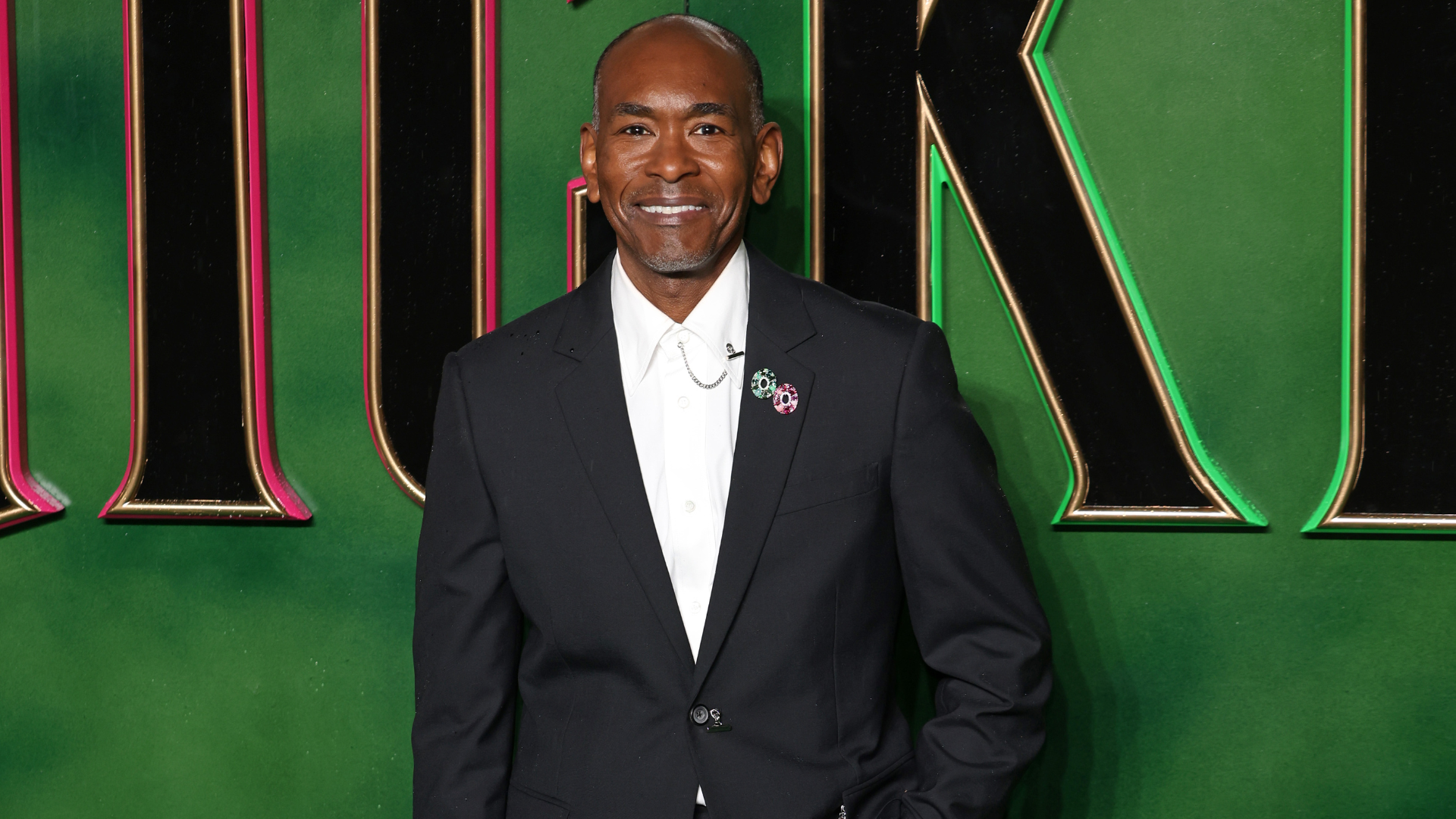
Wicked directed by Jon M. Chu is the prequel story to the classic 1939 film The Wizard of Oz. Based on the novel by Gregory Maguire, the film set to be released Friday explores the real-world concept of finding acceptance in society when feeling like an outcast. Are people born wicked? Or is It wickedness thrust upon them? Cynthia Erivo, who brilliantly portrays Elphaba, the Wicked Witch of the West goes on this spellbinding journey to discover this revelation for herself and in the process learns to accept what makes her so different. The film explores this deep friendship between Elphaba and Glinda who are opposites but balance each other out so well. Ariana Grande charmingly plays Glinda, The Good Witch of the North in such a humorous and heartwarming way. She embodies this girly innocence that teaches Elphaba to soften some of her ways and in return, Elphaba inspires Glinda to have courage and take risks. Throughout this emotional story arch, you see how Ariana and Cynthia grow as characters through their costumes thanks to the work of lauded costume designer Paul Tazewell.
Tazewell is known for his distinct attention to detail and passion for telling stories through clothes. Over the last 34 years, he has crafted show-stopping costumes for film, television, and Broadway. Tazewell collaborated early on in his career in 1995 with director George C. Wolfe for the Tony Award-winning groundbreaking musical Bring in ‘da Noise, Bring in ‘da Funk. Many projects followed including his costume work on The Color Purple in 2006—this led to a Tony nod.
Then in 2015, he worked with director Thomas Kail and creator Lin-Manuel Miranda on making the iconic period piece costumes for the smash hit Hamilton. A year after its debut Tazewell won a Tony Award for Best Costume Design for a Musical for Hamilton—he won a Primetime Emmy for his work on The Wiz Live! that same year. Tazewell also worked with director Steven Spielberg on the 2021 musical West Side Story re-creating many of those well-known 1960s silhouettes in a new and modern way. From that work, Tazewell became the first Black man ever to be nominated for the Academy Award for Best Costume Design in West Side Story.
For his latest feat, Tazewell took on the task of spearheading the creation of whimsical costumes for Wicked. Tazewell has two full-circle moments working on this long-standing adaptation piece. Back in 2016, he won an Emmy Award for Outstanding Costumes for the theatrical, TV production of The Wiz Live! Then in 2019, he was tasked with creating costumes for the film Harriet starring Cynthia Erivo. Now these two powerhouses are collaborating again to bring a new look to the Wicked Witch of the West.
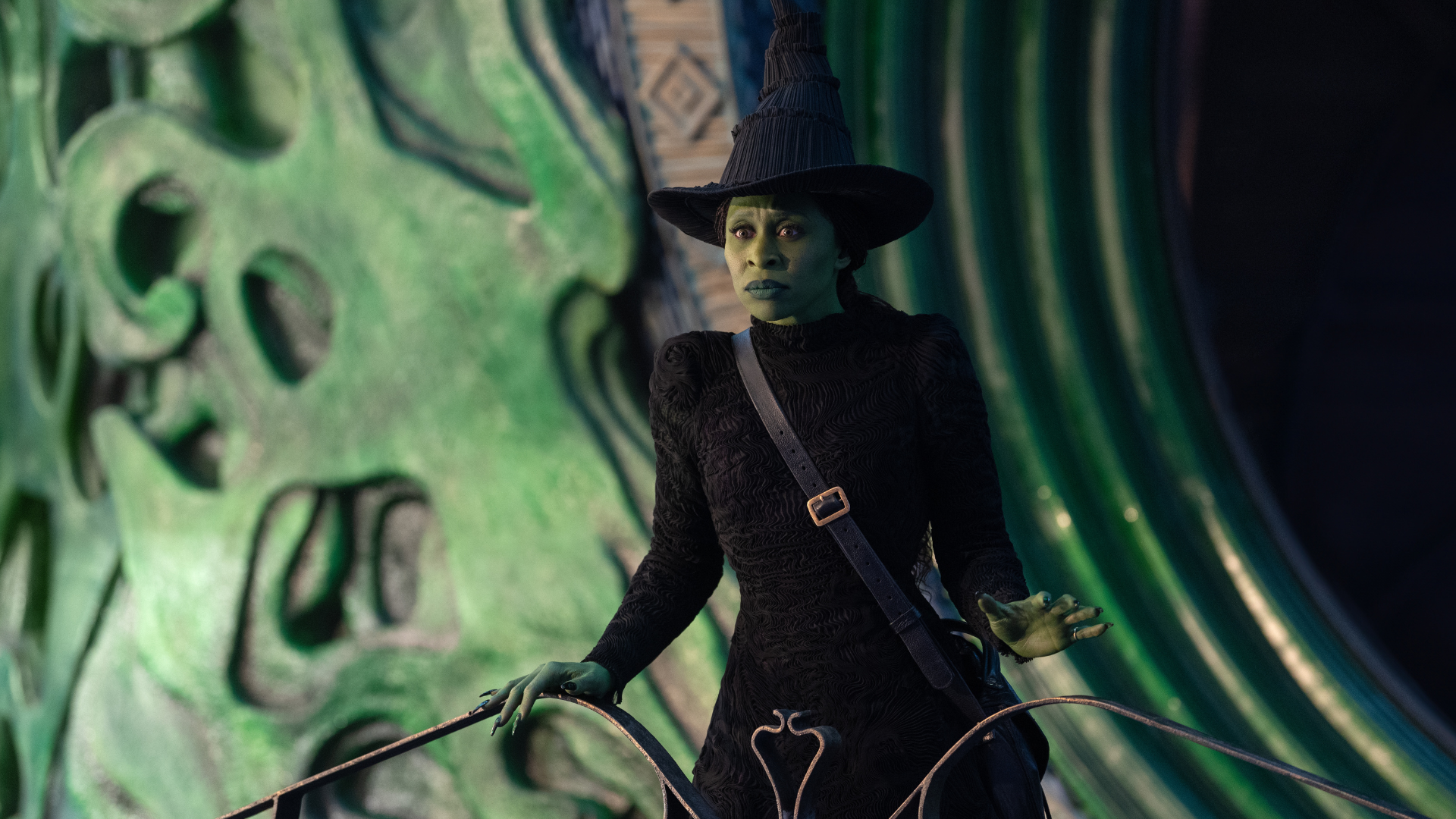
In the upcoming film, Elphaba transforms and grows through the progression of her well-executed clothing. Tazewell uses black in many different fabrications and leans into using a felting technique to depict the deeper story behind Erivo’s character. “Paul created this beautiful pleated dress that felt like velvet with an underlay of purple and lace for the Witched Witch look,” shared Erivo in an exclusive clip. Several of her dresses are inspired by nature and one that stands out in the film is her gown for the The Oz Dust Ball. “We re-interpreted the underside of mushrooms as these swirling of pleats that are applied onto the net of her black blouse as well as the ruffles and pleats felted into the surface of the wool of the dress,” Tazewell noted over a video call. You also see subtle nods to nature with the incorporation of foliage into Elphaba’s costume. “If you look close at Cynthia’s bodice you’ll see Fiddlehead Fern embroidered onto the surface of her waistcoat,” he adds. Many of these detailed looks came to life from the collaboration process between Tazewell and the main tailor for Elphaba, Jo Van Schuppen.
For the character of Glinda, Grande exudes this bubbly innocence that is amplified through several of her fantastical pink costumes. Tazewell was inspired by the 1930s Billie Burke version of Glinda and took inspiration from that fairy princess silhouette. From this inspiration, he created this gorgeous bubble dress that Ariana appears in when she greets the Munchkins from Munchkinland. “Collaborating with tailor Ian Frazer Wallace, we took inspiration from the Fibonacci spiral and created the volume you see in Glinda’s dress,” Tazewell tells ESSENCE. Much of her dress features intricate beading and embroidery on an airy silk organza fabric making it feel ethereal. “I wish you could touch these clothes, there was so much pink and fluff, and everything was so thoughtful,” notes Ariana.
Below we speak with Paul Tazewell about creating the exquisite costumes for Wicked, working with Cynthia Erivo and Ariana Grande, and his new collaboration with Target.
ESSENCE.com: What inspired you to go into costuming?
Paul Tazewell: I was inspired by the musical production of Oklahoma put on by my high school in Akron, Ohio. The joy, energy, and excitement exuding off the stage felt infectious and I knew I wanted to be a part of the performance. At a young age, I learned how to sew, draw, and paint from my mother who was an artist, and my grandmother who was a painter. All this collectively led me to the world of costuming. During my first year of college, I attended Pratt Institute for fashion design and then transferred to the North Carolina School of the Arts to take on my studies in costume design. I then went on to get my master’s at New York University in costume and set design and now 34 years later here I am.
You’ve worked on the productions of Hamilton, The Color Purple, and now Wicked how do you continue to bring newness to the costumes of such long-standing adaptions?
I have a passion for telling stories through clothing. That core value feeds into every project that I work on. I’m influenced by the directors and actors that I get to collaborate with. Working on these productions, I’m always interested in exploring my own visceral, emotional connection to each piece and manifesting that through the looks you see on-stage or in the films.
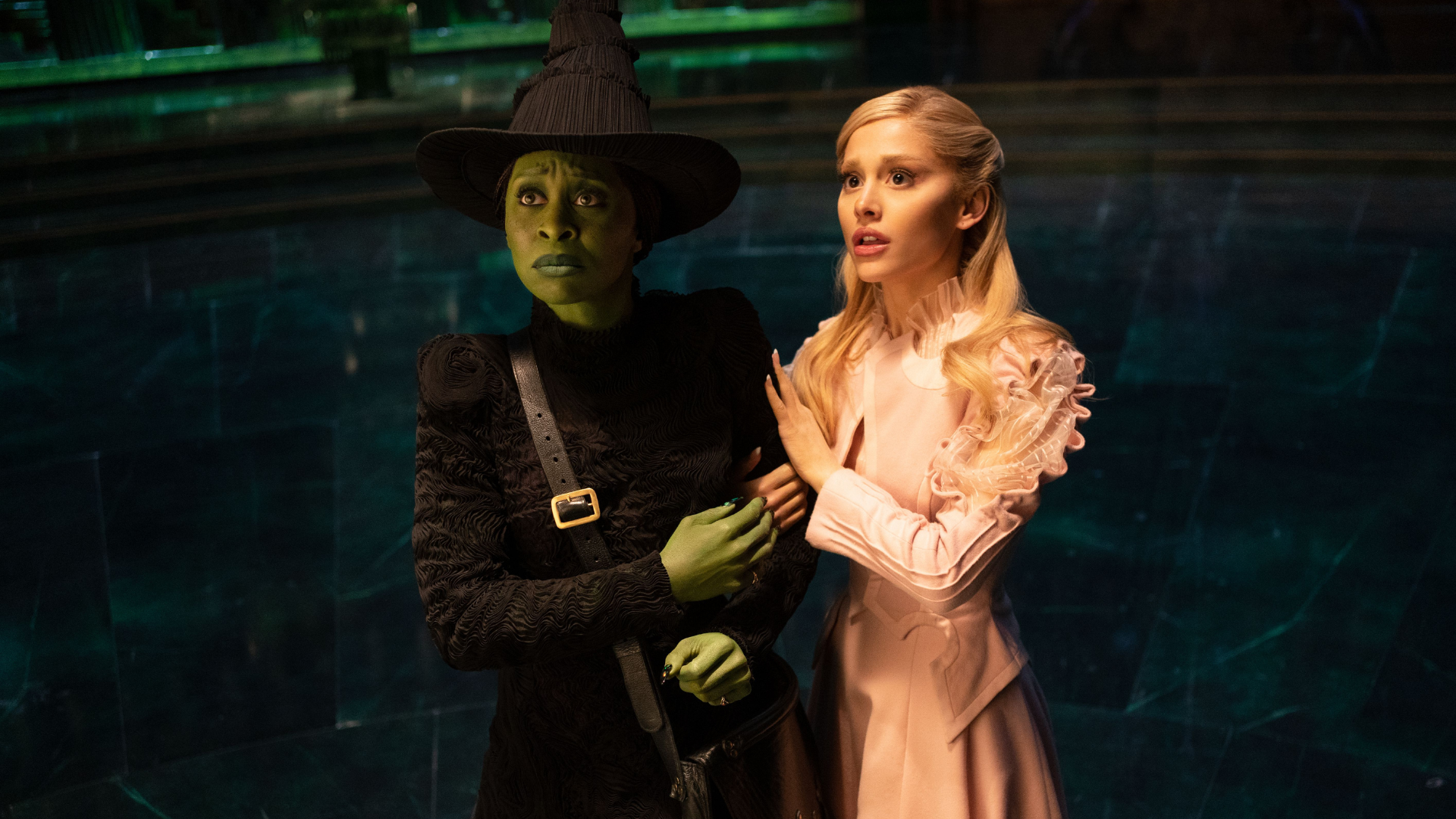
How did you go about selecting the color palette for the film, did you look to The Wiz or the original Wizard of Oz for inspiration?
I was inspired by the technicolor world of the 1939 film The Wizard of Oz featuring Judy Garland. I remember vividly the magical moment of seeing everything go from the sepia tone black and white to full color. It was so powerful to see as a child and this hugely inspired how I wanted the World of Oz to be seen for Wicked.
When you see Glinda, played by Ariana ride down from her bubble and land in that pink dress it directly correlates with Billie Burke’s portrayal of Glinda. My version is seen through a new lens and uses an original way of imagining what that Good Witch of the North silhouette would look like. The same applies to Elphaba the Witched Witch of the West. I wanted to re-imagine a new silhouette for Cynthia that was largely based in the 1890s and is reflective of the original book by Lyman Frank Baum.
What was the collaborative process like working with Cynthia Erivo and Ariana Grande?
I worked to develop a complete vision for their costume track as Glinda and Elphaba. What I wanted to illustrate throughout this process was their emotional arch through time. The looks that I had in many of my sketches are overall what we went with but there were some shifts in the way things look and fit. I wanted them to wear corsets to give a defined silhouette and to signal that turn-of-the-century look. You also have to take into account the personality and style of these two. For example, Cynthia wanted to have a heel on her boot and have that heel grow as she matured through the film.
Cynthia Erivo has previously spoken about how she wanted to pay homage to Black culture with her character by incorporating micro braids and coffin nails. Why was that so important to infuse in her costuming?
I identify directly with the character of Elphaba because of the marginalization that’s written into the story. We see how she is vilified because of the color of her green skin. Having that connection for me fueled how I wanted to have Elphaba represented. Then for Cynthia that carries through how she wants to represent black culture. It’s amazing to see that growth and how she empowers herself in a sense to defy the odds or defy gravity because she fully accepts who she is.
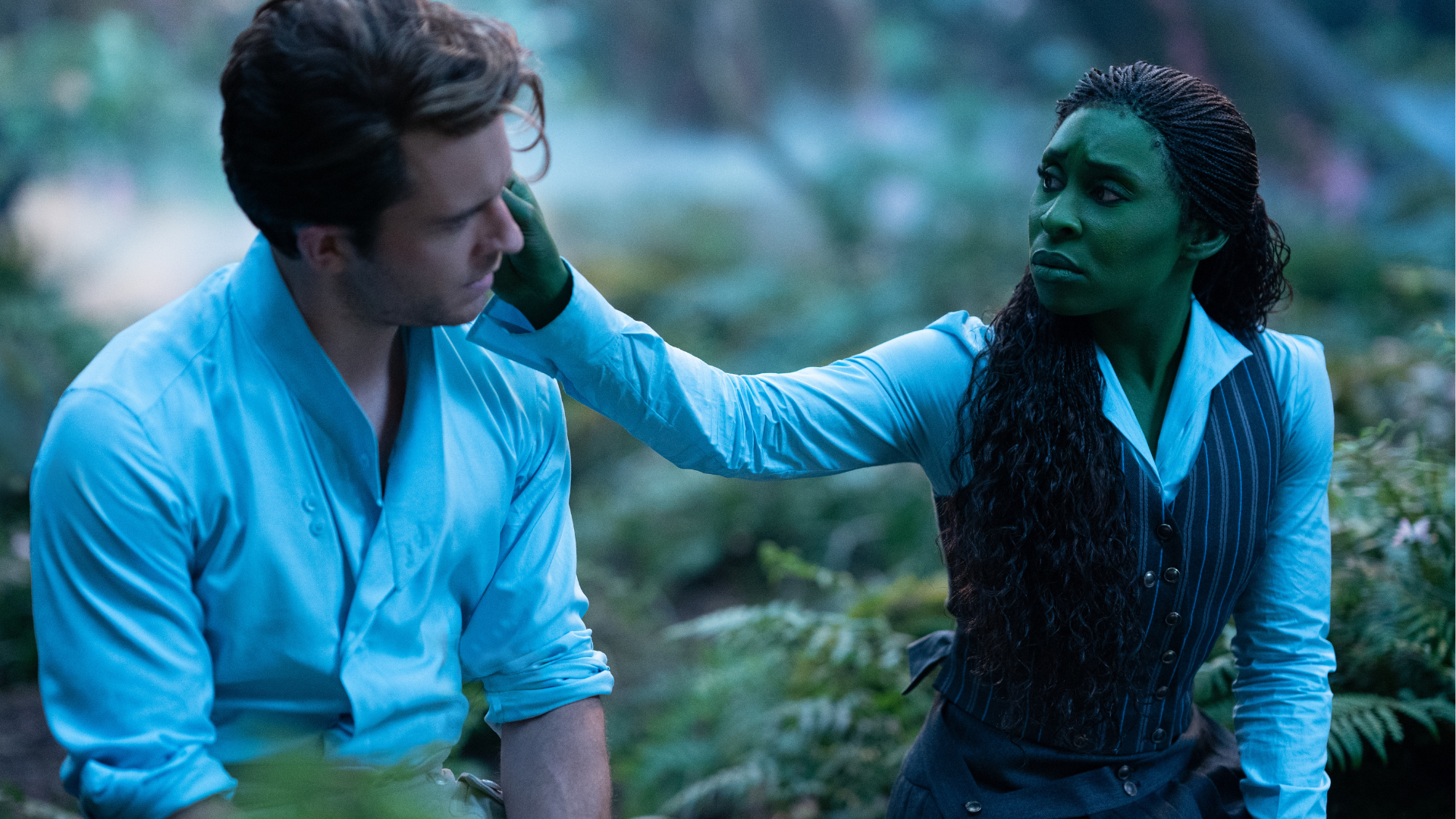
For Cynthia Erivo’s character Elphaba what is the story and inspiration behind her Wicked Witch look?
Cynthia is a fashionista and wears clothing very well. When you see her whip around that cape towards the end scene she’s in full control of her wardrobe. She’s great at capitalizing on those dramatic moments. From the way she crooks her hat at just the right angle, she understands the moment. Much of her ensemble was inspired by nature, because of her connection and advocacy for animals. Plus we used nature as a way to ground her look which is such a contrast in how her powers are used.
Take us through Glinda’s fashion story what inspired you to create the bubble dress?
Ariana wears the perfect pink and it’s one of my favorite shades of pink. It was originally inspired by the 1930s Billie Burke dress but I wanted to shift that look to make it more of a fairy princess silhouette. I wanted to make it more interesting and reflective of the Fibonacci spirals used for her dress and throughout the movie. Along with assistance from our amazing tailor, Ian Frazer Wallace who helped make most of Glinda’s costume, I wanted the dress to show buoyancy and iridescence. I used that shade of pink and butterflies to signify that sense of air and something lightweight.
Was it purposeful to use various pinstripe prints for the students at Shiz, and for Cynthia and Ariana?
In the world of Oz, students wear uniforms similar to those you see in boarding schools. For that institution, there is a prescribed way to wear your clothes. I wanted the students to have some individualism while still fitting into that mold of what the uniform is. You see throughout how each student wears their uniform differently, for example, students will wear a tailored jacket but it might be cut off at the waist and deconstructed. Then with other looks you see students wear the pinstripe waistcoat with trousers or a half-kilt skirt. For Glinda’s character, she embraces her style by wearing this pink and pearl gray pinstripe suit. Then for Elphaba, I wanted to keep her in that darker color palette so it can be more reflective of where she has come from.
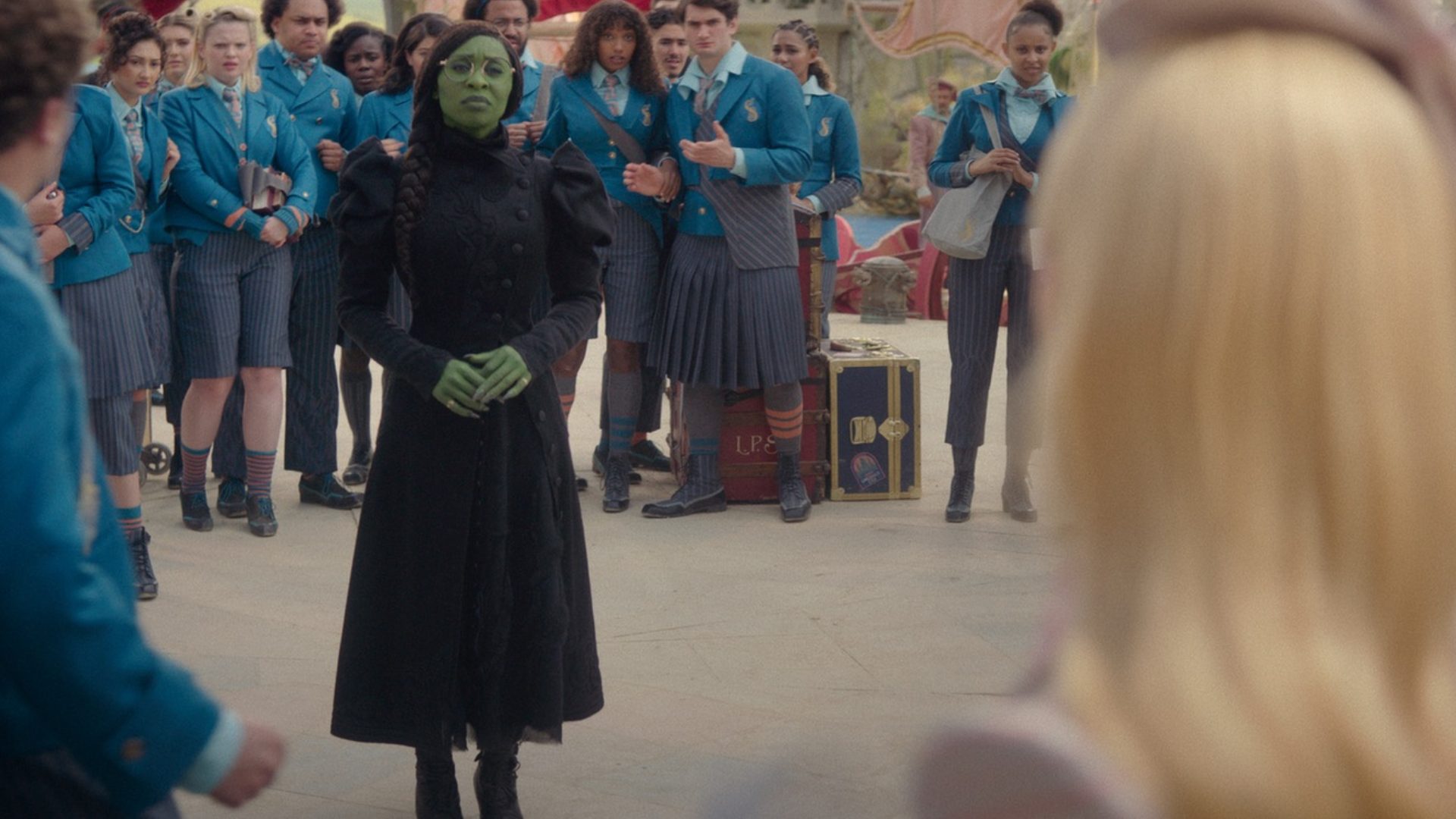
For Emerald City what inspired you to use all these different shades of green?


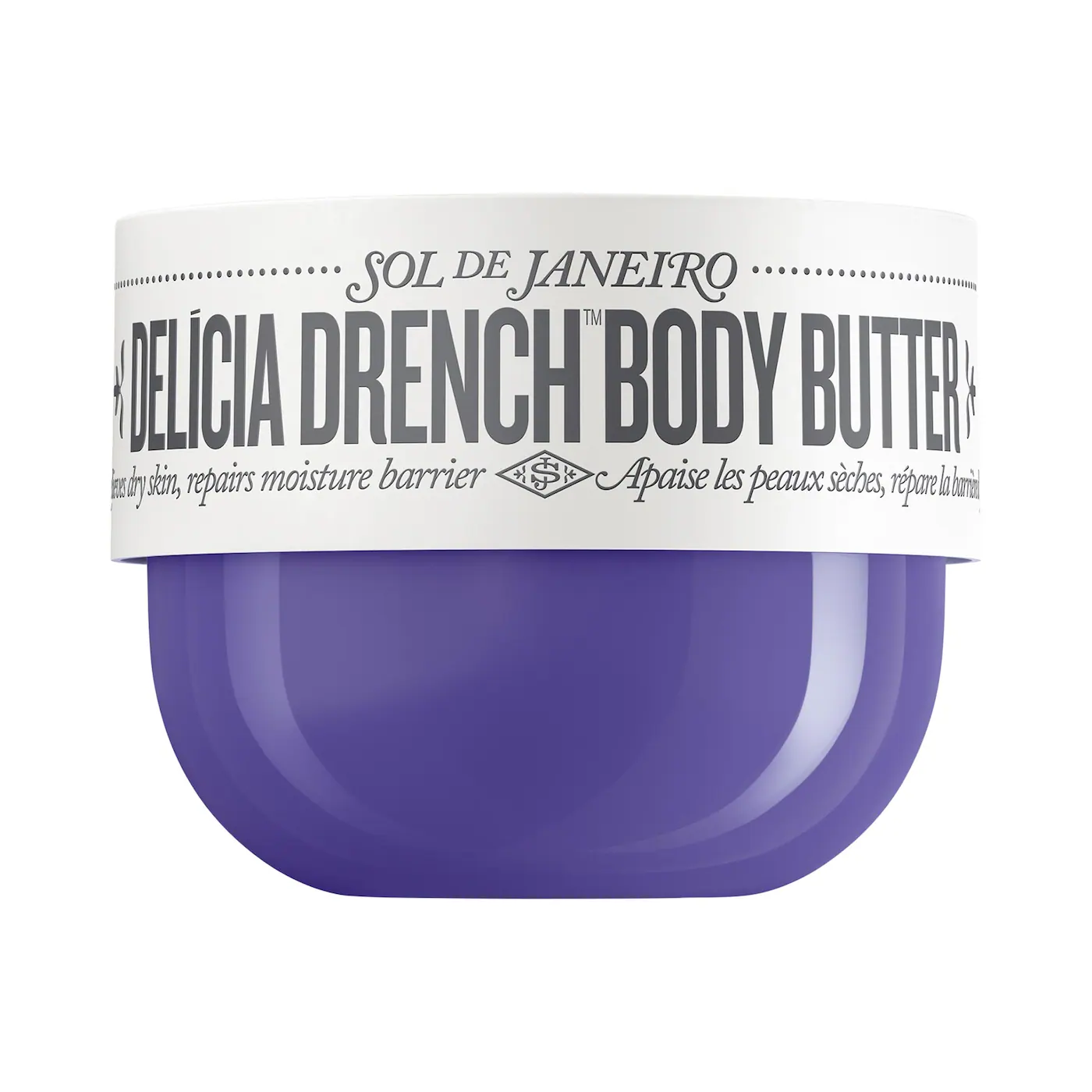
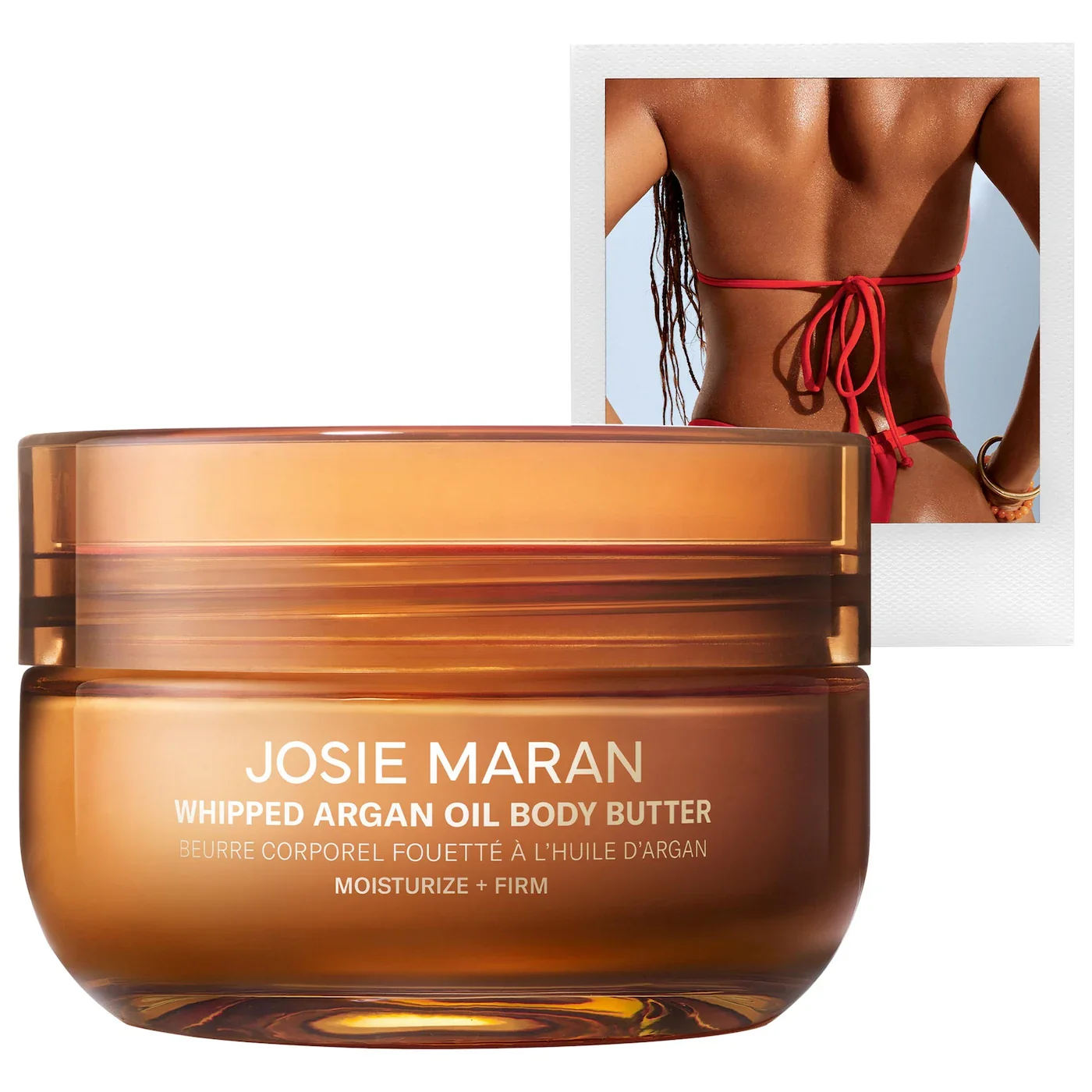



It was a huge amount of fun to create those looks. We would have days where we dressed 400 to 500 background extras. I wanted to showcase a creative community or society that felt like you were visiting a grand city like Paris, London, Tokyo, or New York. Ariana and Cynthia go from attending this small university to then being exposed to a large city like Emerald City. It reminded me of my time stepping off the bus in all the glitz and dazzle of New York City. I took those concepts along with different shades of green to give Emerald this richness.
You recently created a Wicked clothing collection for Target. How did you translate several of the movie’s costume looks into commercial pieces for the capsule collection?
It was a wonderful opportunity to invite audiences to be a part of this magical, delightful world. What we created is very inclusive and I wanted to pull people in with the capsule collection. It’s a much different process when you design for a mass market versus creating a costume. Many of these pieces need to be wearable, and I wanted them to be versatile so you could wear a Wicked shirt on an airplane or layer the cardigans during the fall time. I chose a color palette that was reflective of the film using that dark green reminiscent of Elphaba and using custom lettering along with pink to showcase some of Glinda’s style.






